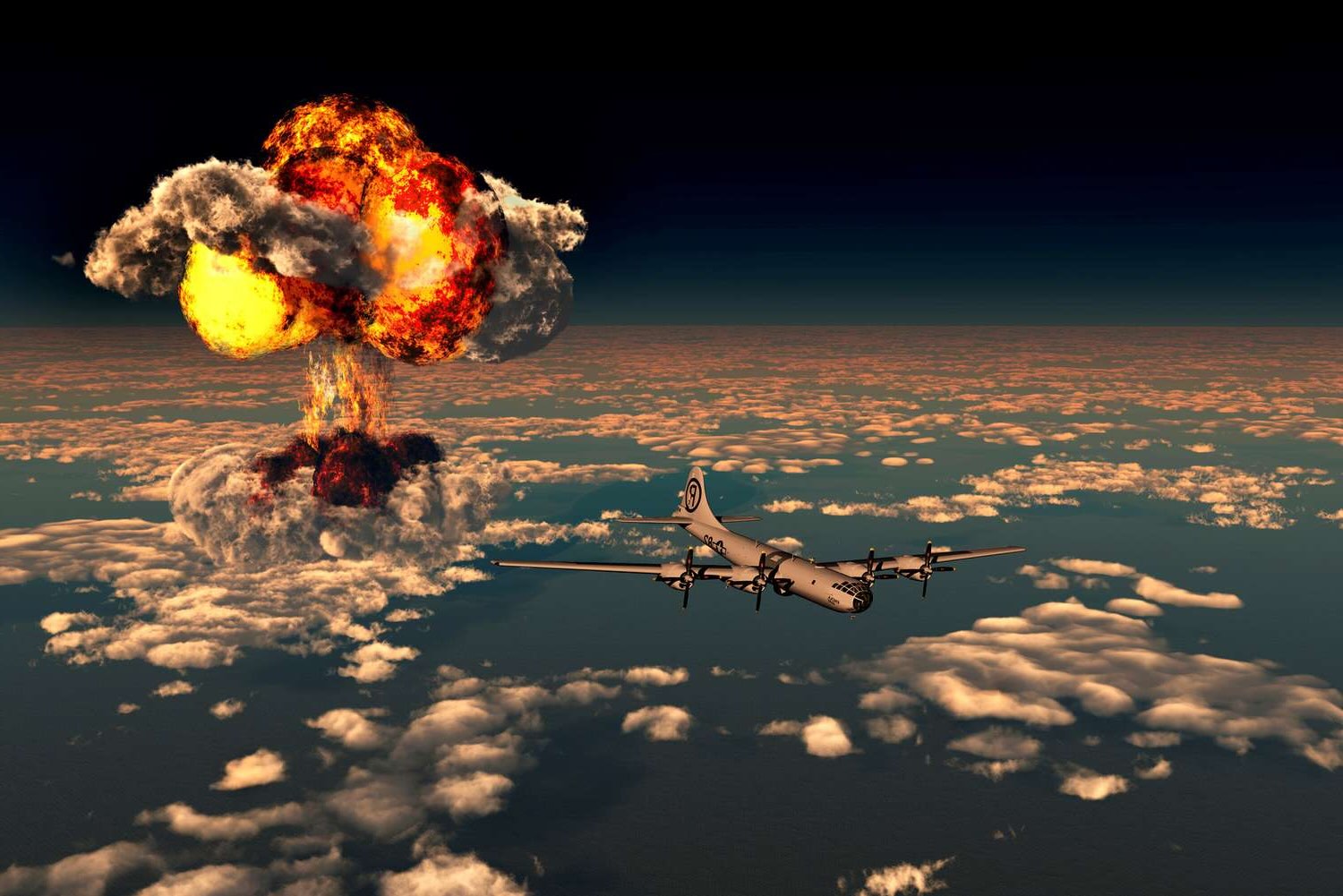
Why were Hiroshima and Nagasaki chosen for the atomic bombings? The decision to target Hiroshima and Nagasaki during World War II was based on several strategic factors. Hiroshima, a major military hub, housed important army bases and industrial sites. Its dense urban area promised significant impact. Nagasaki, though not the initial target, was chosen due to its shipbuilding industry and military port. Weather conditions also played a role, as cloud cover over other potential targets redirected the mission. These bombings aimed to force Japan's surrender, ending the war swiftly. The devastating effects on both cities underscored the destructive power of nuclear weapons.
The Prelude to Destruction
Before diving into the facts about the atomic bombings of Hiroshima and Nagasaki, it's essential to understand the context. These events didn't happen in isolation but were the culmination of years of conflict during World War II.
- The United States dropped atomic bombs on Hiroshima and Nagasaki in August 1945.
- Hiroshima was bombed on August 6, 1945, while Nagasaki followed on August 9, 1945.
- The bomb dropped on Hiroshima was named "Little Boy."
- The bomb dropped on Nagasaki was called "Fat Man."
- These bombings were part of the Allied effort to force Japan to surrender and end World War II.
The Bombs and Their Impact
The atomic bombs used in Hiroshima and Nagasaki were unlike any weapon ever seen before. Their destructive power was immense and immediate.
- "Little Boy" used uranium-235 as its fissile material.
- "Fat Man" used plutonium-239.
- The explosion over Hiroshima had a blast yield of approximately 15 kilotons of TNT.
- The Nagasaki bomb had a blast yield of about 21 kilotons of TNT.
- The immediate blast from "Little Boy" killed an estimated 70,000-80,000 people in Hiroshima.
- "Fat Man" killed an estimated 40,000-75,000 people instantly in Nagasaki.
The Aftermath and Long-term Effects
The bombings had long-lasting effects on the survivors and the cities themselves. The devastation went beyond the initial explosions.
- Radiation sickness affected many survivors, causing symptoms like nausea, hair loss, and bleeding.
- Many survivors, known as Hibakusha, suffered from long-term health issues, including cancer and chronic diseases.
- The bombings led to severe psychological trauma for the survivors.
- Hiroshima and Nagasaki were rebuilt, but the scars of the bombings remain visible.
- The bombings led to Japan's unconditional surrender on August 15, 1945, effectively ending World War II.
The Global Reaction
The world reacted with shock and horror to the news of the atomic bombings. These events changed the course of history and international relations.
- The bombings marked the first and only use of nuclear weapons in warfare.
- Many countries began to develop their own nuclear weapons programs in response.
- The bombings led to the establishment of the United Nations Atomic Energy Commission in 1946.
- The events spurred the beginning of the Cold War between the United States and the Soviet Union.
- The bombings raised ethical and moral questions about the use of nuclear weapons.
The Legacy of Hiroshima and Nagasaki
The legacy of the atomic bombings continues to influence global politics, culture, and society. These events serve as a reminder of the devastating power of nuclear weapons.
- Hiroshima Peace Memorial Park was established to commemorate the victims.
- The Atomic Bomb Dome in Hiroshima is a UNESCO World Heritage Site.
- Nagasaki Peace Park was created to honor the victims and promote peace.
- August 6 and August 9 are observed as Hiroshima Day and Nagasaki Day, respectively.
- The bombings have been depicted in numerous films, books, and documentaries.
- Survivors and their descendants continue to advocate for nuclear disarmament.
Scientific and Technological Impact
The bombings also had a significant impact on science and technology. The development and use of atomic bombs led to advancements in various fields.
- The Manhattan Project was the research and development project that produced the first nuclear weapons.
- The bombings demonstrated the destructive potential of nuclear energy.
- The events led to increased research in radiation and its effects on human health.
- The bombings spurred advancements in medical treatments for radiation exposure.
- The use of atomic bombs highlighted the need for international regulations on nuclear weapons.
Reflecting on Hiroshima and Nagasaki
The atomic bombings of Hiroshima and Nagasaki changed history forever. These events not only ended World War II but also showcased the devastating power of nuclear weapons. The immediate loss of life was staggering, with tens of thousands perishing instantly and many more suffering from radiation effects. These bombings sparked global debates about the ethics of nuclear warfare and led to efforts to control and eventually eliminate such weapons.
Understanding these events helps us appreciate the importance of peace and diplomacy. They serve as a grim reminder of the consequences of war and the need for international cooperation to prevent future tragedies. As we remember the victims, let's strive for a world where such destruction is never repeated. The lessons from Hiroshima and Nagasaki remain relevant, urging us to work towards a safer, more peaceful future.
Was this page helpful?
Our commitment to delivering trustworthy and engaging content is at the heart of what we do. Each fact on our site is contributed by real users like you, bringing a wealth of diverse insights and information. To ensure the highest standards of accuracy and reliability, our dedicated editors meticulously review each submission. This process guarantees that the facts we share are not only fascinating but also credible. Trust in our commitment to quality and authenticity as you explore and learn with us.
